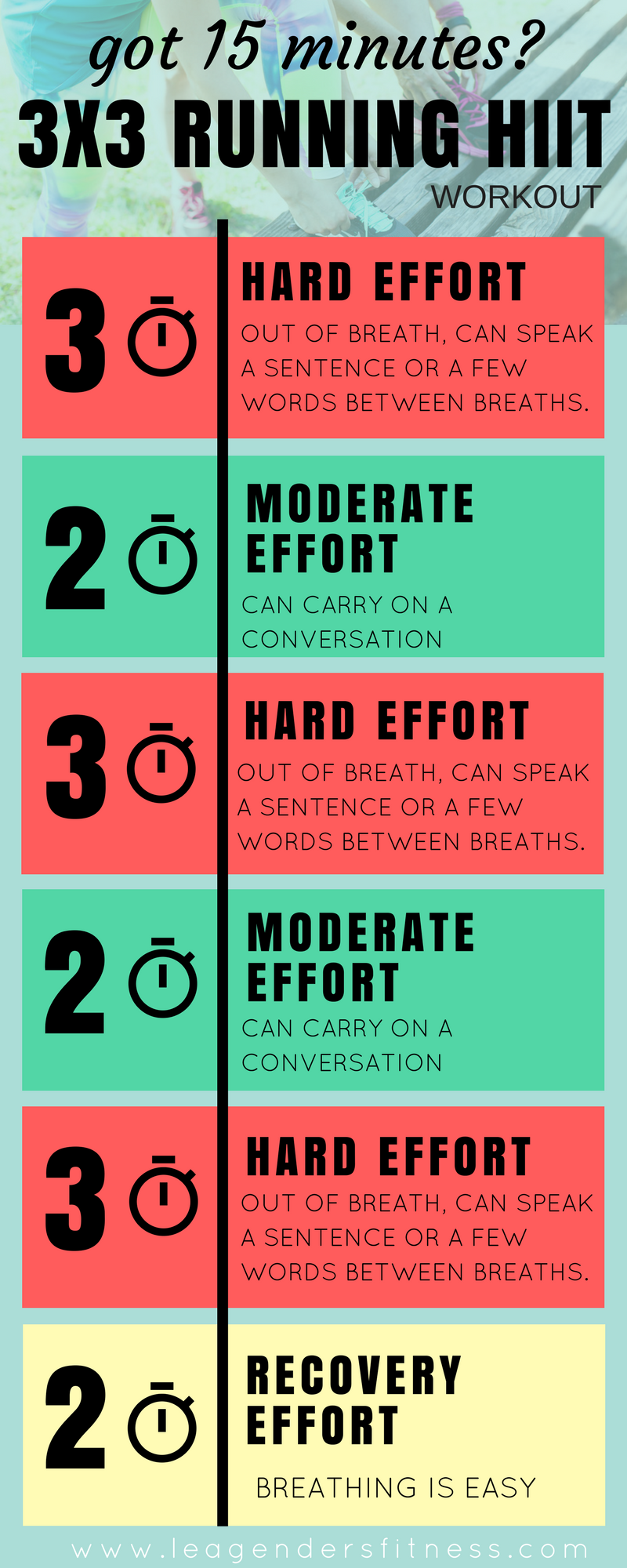Master Your Running Workout: Effective Strategies for Success
Wiki Article
Managing Usual Running Discomforts: Causes, Solutions, and Avoidance
As runners, we commonly encounter various pains that can prevent our performance and pleasure of this physical activity. From the incapacitating pain of shin splints to the unpleasant IT band syndrome, these common running discomforts can be frustrating and demotivating. Understanding the reasons behind these conditions is critical in properly resolving them. By checking out the origin factors for these operating pains, we can reveal targeted services and preventative procedures to make certain a smoother and more fulfilling running experience (original site).Usual Running Discomfort: Shin Splints
Shin splints, a common running discomfort, commonly result from overuse or incorrect footwear during exercise. This problem, clinically referred to as medial tibial stress syndrome, materializes as pain along the inner edge of the shinbone (tibia) and is widespread amongst professional athletes and joggers. The recurring tension on the shinbone and the cells affixing the muscles to the bone leads to inflammation and discomfort. Joggers that swiftly boost the intensity or period of their exercises, or those who have level feet or inappropriate running techniques, are specifically at risk to shin splints.To avoid shin splints, individuals ought to progressively boost the strength of their workouts, put on ideal footwear with correct arch assistance, and keep adaptability and strength in the muscle mass surrounding the shin. If shin splints do occur, initial therapy includes rest, ice, compression, and elevation (RICE) Furthermore, integrating low-impact tasks like swimming or cycling can aid maintain cardio fitness while allowing the shins to recover. Persistent or extreme instances might call for clinical assessment and physical treatment for effective management.
Typical Running Discomfort: IT Band Disorder
In enhancement to shin splints, another common running discomfort that athletes typically experience is IT Band Syndrome, a problem caused by swelling of the iliotibial band that leaves the outer upper leg and knee. IT Band Disorder typically manifests as discomfort on the exterior of the knee, specifically throughout activities like running or biking. The iliotibial band is a thick band of fascia that links the aware of the shin, and when it ends up being irritated or limited, it can scrub versus the thigh bone, bring about pain and discomfort.Joggers experiencing IT Band Syndrome might discover a painful or hurting experience on the external knee, which can get worse with continued task. Variables such as overuse, muscle mass inequalities, incorrect running kind, or poor workout can add to the development of this problem. To stop and minimize IT Band Syndrome, runners need to concentrate on extending and enhancing workouts for the hips and upper legs, correct footwear, progressive training development, and dealing with any biomechanical concerns that might be aggravating the problem. Disregarding the symptoms of IT Band Syndrome can cause persistent problems and extended recovery times, stressing the relevance of early treatment and appropriate administration strategies.
Usual Running Discomfort: Plantar Fasciitis

Plantar Fasciitis can be credited to numerous variables such as overtraining, improper footwear, operating on difficult surface areas, or having high arches or flat feet. To stop and ease Plantar Fasciitis, runners can incorporate stretching workouts for the calves and plantar fascia, put on supportive shoes, preserve a healthy weight to decrease pressure on the feet, and progressively enhance running strength to prevent sudden anxiety on the plantar fascia. If signs and symptoms persist, it is suggested to seek advice from a healthcare expert for proper medical diagnosis and therapy options to attend to the problem effectively.
Usual Running Discomfort: Jogger's Knee
After attending to the obstacles of Plantar Fasciitis, an additional prevalent issue that runners usually deal with is Jogger's Knee, a typical running discomfort that can prevent athletic efficiency and trigger discomfort throughout physical task. Runner's Knee, also understood as patellofemoral discomfort disorder, shows up as discomfort around or behind the kneecap. Joggers experiencing this pain may feel a plain, aching pain while running, going up or down stairs, or after extended durations of sitting.Common Running Pain: Achilles Tendonitis
Typically affecting runners, Achilles Tendonitis is an uncomfortable problem that impacts the Achilles ligament, creating pain and possible limitations in exercise. The Achilles ligament is a thick band of cells that links the calf bone muscular tissues to the heel bone, important for tasks like running, leaping, and walking - navigate to this website. Achilles Tendonitis typically creates due to overuse, inappropriate footwear, poor extending, or sudden boosts in exerciseSymptoms of Achilles Tendonitis include discomfort and rigidity along the tendon, especially in the morning or after periods of inactivity, swelling that intensifies with task, and possibly bone spurs in chronic cases. To protect against Achilles Tendonitis, it is necessary to stretch effectively before and after running, use ideal shoes with appropriate support, slowly raise the strength of workout, and cross-train to decrease recurring tension on the tendon. Treatment might involve rest, ice, compression, elevation (RICE procedure), physical therapy, orthotics, and in severe instances, surgical procedure. Early intervention and correct treatment are vital for taking care of Achilles Tendonitis successfully and avoiding long-term problems.
Verdict
:max_bytes(150000):strip_icc()/HIIT-treadmill-workout-promo-04629651f9fc4854a8afca1c29ba528a.jpg)
Report this wiki page